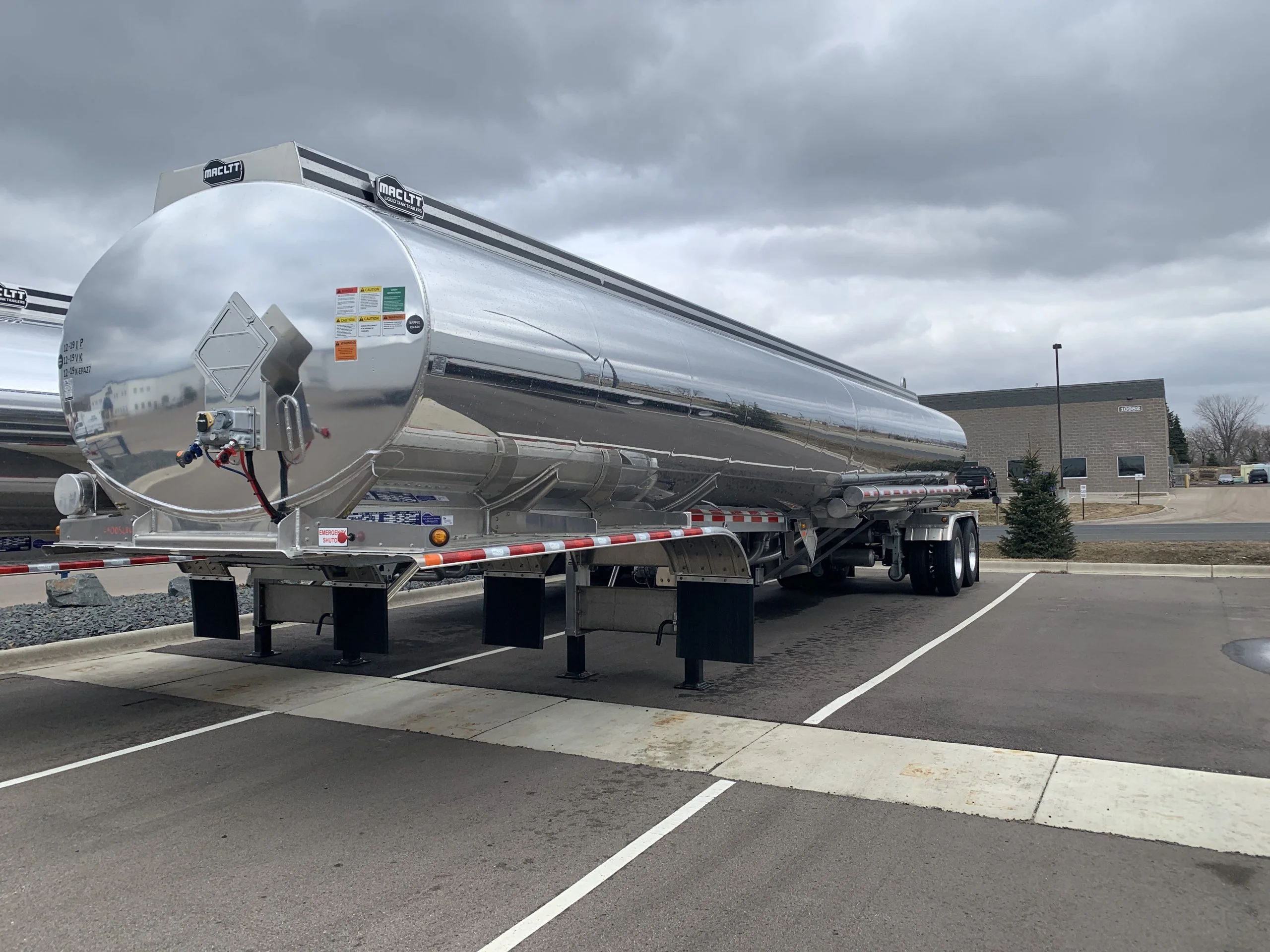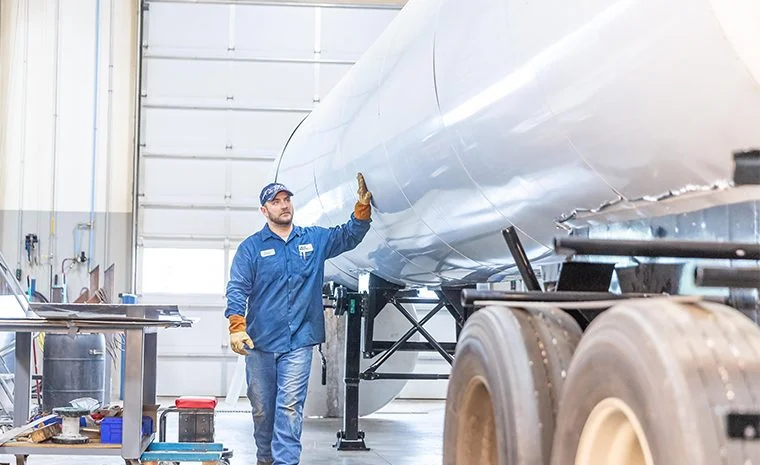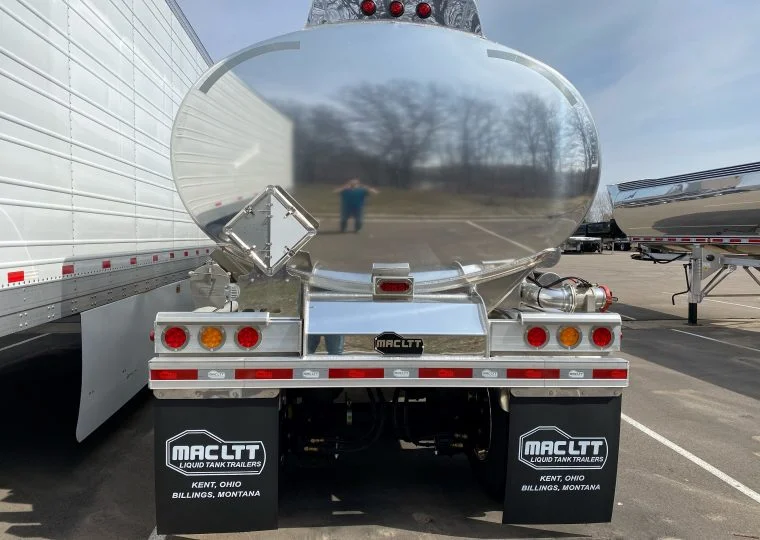There’s no doubt about it – liquid tankers deliver some of our country’s most valuable resources. From the gas we put into our cars to the chemicals we use to treat our agricultural properties, we’d definitely be in pretty dire straits without them. However, the liquid cargo these tankers carry can be extremely volatile and if it isn’t loaded or unloaded correctly, the fallout can be disastrous for humans, wildlife, and the environment in general.
But before we begin discussing proper loading and unloading procedures, let’s answer this important question: what is a liquid tanker? Well, a liquid tanker – which is sometimes referred to as a tanker truck – is a heavy-duty vehicle designed to carry dry bulk cargo, chemicals, gasses, foodstuffs, and other liquified substances. The capacity of a fuel tanker can vary greatly. Small tanker trailers have a maximum capacity of 1,000 to 3,000 gallons while larger tanker trailers, on the other hand, can hold up to 11,600 gallons.
Now that we’ve gotten the basics out of the way, we’re going to dive into the topic of how to safely load and unload a liquid tanker. Our tanker unloading checklist will help you get the job done safely every time.
 Tank truck loading procedures
Tank truck loading procedures
When it comes to liquid tanker trucks, there are two types of loading procedures, each with its pros and cons:
Bottom loading: In bottom loading, chemicals are passed into the trailer’s tank via valves and fittings located below the trailer. This is widely considered the safer way to load a tanker truck.
Top loading: In top loading, a hose is connected to the manhole at the top of the truck trailer. For health and safety reasons, top loading isn’t used as much today as it was in the past.
So how do you know which loading procedure to use? Generally, it will be based on the type of chemical you’re transporting. If you’re loading fuel products, for example, bottom loading is the better choice because it doesn’t agitate the fuel as much as top loading it would. This is important from a safety perspective because fuel that is agitated can create an excessive amount of vapor and should there be even the tiniest spark, a dangerous explosion could occur.
Preparing to load & unload a liquid tanker
When it’s time to load or unload a liquid tanker, it’s critical that you’re prepared to do it in the safest and most efficient manner possible:
- Make sure you have the proper safety equipment for liquid bulk tankers
Here are the most important pieces of protective gear to have on hand to keep your drivers safe:
- Gloves
- Full-length pants
- Protective goggles
- Long-sleeved shirts
- Rubber boots
Inspect the vehicle and equipment
Before you begin loading or unloading, it’s crucial to inspect the vehicle and equipment. By doing a few simple checks, you can prevent something catastrophic from happening. During your inspection, you should look for:
- Hoses that may be damaged
- Leaks
- Misaligned axles
- Broken springs
- Products left over from a previous shipment
- Appropriate labeling for the product you’re hauling
In addition to these steps, you will also want to double and triple check that the chemical you’re about to load is the correct one and that the trailer being used for the job is equipped to handle the liquid cargo safely.
For a full overview of OSHA’s loading and unloading guidelines, click here.
Tanker Loading/Unloading Checklist
Whether you’re loading or unloading your liquid tanker, here is a basic checklist to follow:
Ensure the vehicle is safe to load/unload
Check for leaks, make sure the pressure is safely monitored and the vehicle – along with its associated electrical equipment such as headlights and A/C – are turned off. Plus, be sure that you’re in the proper spot for loading and uploading. This spot should be free and clear of any debris – and any unnecessary personnel – to prevent any potential issues or hazards.
Ensure the use of proper equipment
With their protective safety gear on, drivers will pressurize the hoses to ensure there aren’t any leaks caused by a bad gasket or valve. Next, they should open up the valves and start the pump before slowly opening the internal valve on the trailer. Throughout the process, drivers should keep an eye out for unsecured connections, cam locks that aren’t locked down, and leaks, all of which could pose problems once they’re out on the road.
Load or Unload the material safely
For all loading and unloading processes, consult your vehicle’s manual and receive proper training prior to loading and unloading your vehicle. Safe loading and unloading procedures are largely dictated by the type of materials being transported and it’s vital that operators know how to handle their cargo to avoid a dangerous outcome. And whether on the front or the back end, it’s crucial that operators stay near their vehicles so should something go wrong, they’re able to take care of it ASAP – or find someone else who can.
If you’re loading combustible liquids, you’ll need to connect a grounding interlock to the vehicle so should there be any static charges, they will flow into the ground and won’t ignite the liquid. When loading, be sure you’re not overfilling your trailer and that you’re leaving space for the liquid to expand.
Once it’s time to unload, you’ll first want to make sure the chemical you’re unloading matches the storage tank it’s being loaded into. Provided everything looks good there, you’ll proceed slowly, opening discharge valves carefully and only unloading from two compartments at a time. When you’re done, seal or close everything up and get the trailer ready for its next route.
Trust The Liquid Tanker Experts At North American Trailer
Need help with your liquid tanker? The team at North American Trailer has you covered 100 percent. We’ve been serving the trucking and transportation community in the upper midwest for more than 40 years, and our experience with repairing liquid tankers and tanker trucks is unparalleled in our industry.
If you’re looking for excellent service at prices that won’t drain your tank, you’ve come to the right place. Contact the highly trained experts at North American Trailer today and find out which trailer is right for you.



